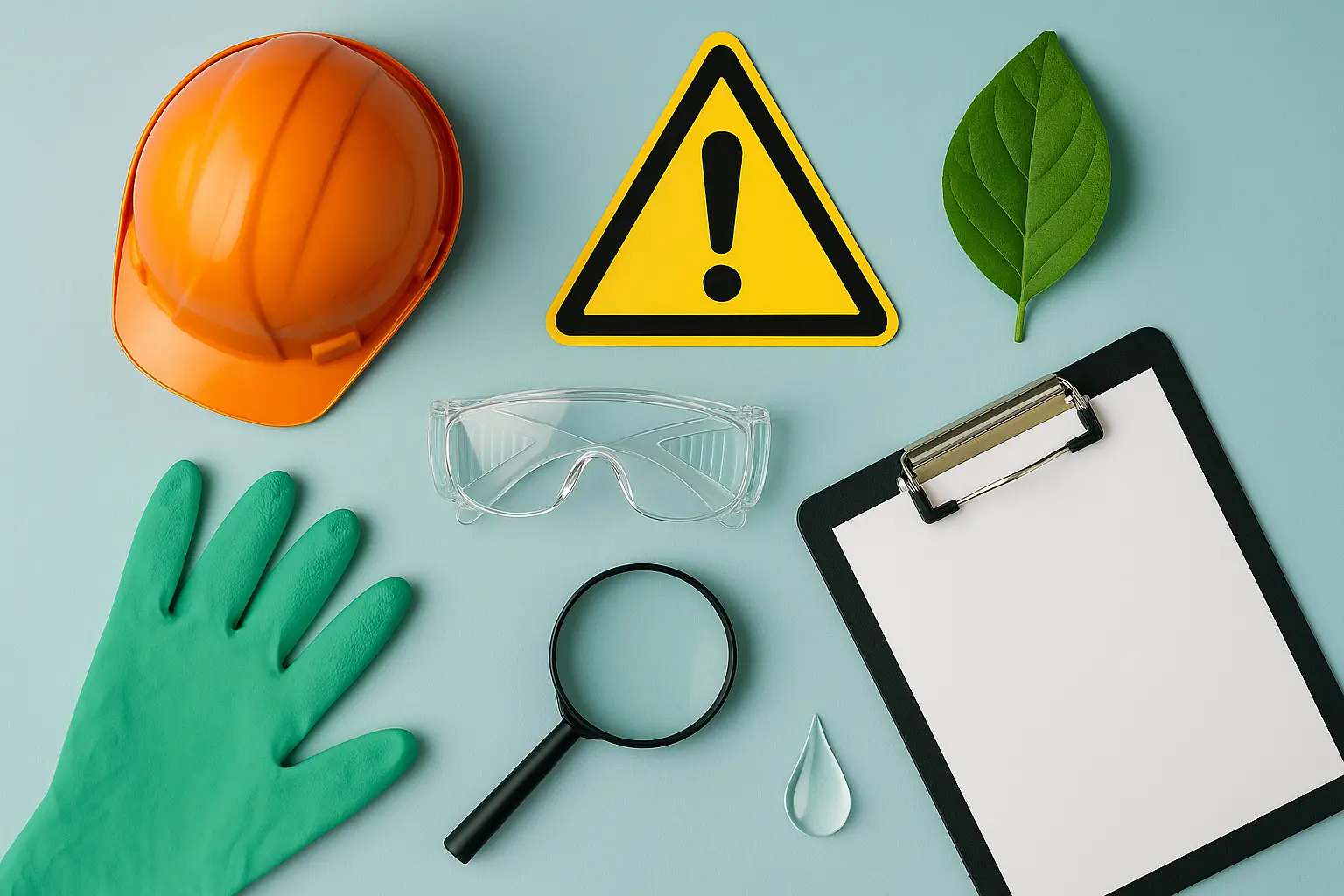EN 529 Respiratory Protection Certification
The EN 529 standard is a European Norm that specifies the performance, marking and conformity assessment of respiratory protective devices. This certification ensures that respirators meet stringent safety requirements to protect users against harmful airborne substances in their work environment.
Respiratory protection is crucial for industries where employees are exposed to hazardous environments such as chemical plants, mining operations, construction sites, laboratories, and other facilities handling toxic materials. The EN 529 certification guarantees that the respirators meet the highest safety standards ensuring they can be relied upon in critical situations.
The process involves rigorous testing of the respiratory devices according to the specified parameters laid down by the standard. This includes both laboratory-based tests and field tests under realistic conditions. The testing ensures that the respirators provide adequate protection against specific types of contaminants, maintain proper fit for different users, and are comfortable for extended use.
For quality managers and compliance officers, this certification is essential to demonstrate adherence to international standards and ensure employee safety. R&D engineers benefit from this test as it helps in the development of innovative respiratory protection systems that meet both current and future regulatory requirements. Procurement professionals can rely on EN 529 certified products for their reliability and performance.
Understanding the specific criteria used to assess respirators under EN 529 is important for stakeholders involved in occupational health and safety compliance. The standard covers various aspects of respiratory protection devices, including:
- Design and construction
- Performance characteristics
- Marking and labeling
- Conformity assessment procedures
- User instructions
- Storage recommendations
- Servicing requirements
The certification process involves several stages, including:
- Initial design and prototype development
- Laboratory tests to evaluate performance under controlled conditions
- Field testing to assess real-world usability and effectiveness
- Conformity assessment by a notified body
- Certification issuance upon successful completion of all stages
The standard is regularly updated to incorporate the latest technological advancements and safety improvements. This ensures that the certification remains relevant and effective in protecting workers from evolving hazards.
Applied Standards
The EN 529 Respiratory Protection Certification is based on several international standards, including:
- ISO 34010:2010 - General requirements for the design and development of personal protective equipment (PPE)
- ASTM F2107-15 - Standard specification for air-purifying respirators with filter cartridges or filters
- IEC 60601-1 - Basic safety and essential performance requirements for medical electrical equipment
The EN 529 standard integrates these standards to provide a comprehensive framework for the design, manufacture, and testing of respiratory protective devices. Compliance with these standards ensures that respirators are safe, effective, and reliable.
Why Choose This Test
- Ensures Safety: EN 529 certified respirators guarantee protection against hazardous substances in the workplace.
- International Recognition: The certification is recognized globally, enhancing compliance and trustworthiness.
- Innovation Support: It encourages continuous improvement of respiratory protection technologies.
- Regulatory Compliance: Helps companies meet regulatory requirements and avoid penalties.
- User Comfort: Certified respirators are designed for optimal comfort, making them suitable for extended use.
- Eco-Friendly: Ensures that respiratory devices do not compromise environmental standards.
Use Cases and Application Examples
The EN 529 Respiratory Protection Certification is particularly relevant for industries where workers are exposed to harmful airborne contaminants. Here are some use cases:
- Chemical Manufacturing: Protecting workers from volatile organic compounds.
- Mining Operations: Shielding miners from dust and gases in underground environments.
- Laboratories: Ensuring safety during handling of toxic chemicals and biological agents.
- Hazardous Waste Management: Safeguarding workers when dealing with hazardous materials.
- Construction Sites: Protecting workers from dust, fumes, and other airborne pollutants.
In each of these scenarios, the EN 529 certification ensures that respirators perform reliably under the specific conditions found in those environments. This makes it an indispensable tool for maintaining occupational safety standards across various sectors.





